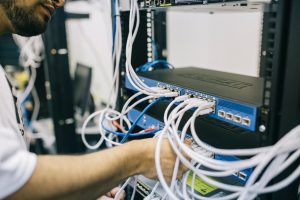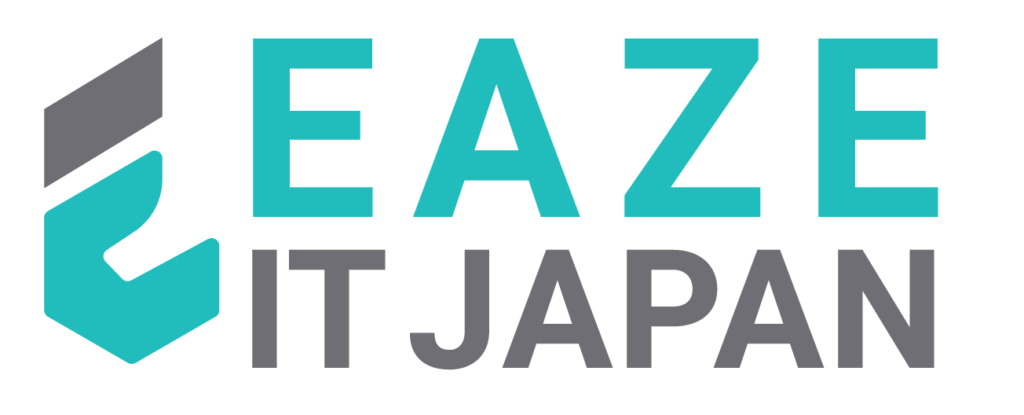Data Center Engineering Course

Course Overview:
The Data Center Engineering course is designed for professionals who wish to pursue careers in managing, designing, and maintaining data centers. Data centers are critical components of modern IT infrastructure, hosting a variety of services including cloud computing, storage, networking, and enterprise applications. This course covers the fundamental concepts and advanced techniques in data center infrastructure, networking, power and cooling systems, virtualization, disaster recovery, and more. By the end of the course, students will be able to design, operate, and troubleshoot data center systems, preparing them for roles such as Data Center Engineer, Systems Engineer, Network Administrator, and Data Center Operations Manager.
Target Audience:
- Aspiring Data Center Engineers
- IT professionals looking to specialize in data center infrastructure
- Systems administrators and network engineers looking to enhance their skills
- Facility managers and engineers interested in the operations and management of data centers
- Cloud engineers or anyone interested in cloud computing infrastructure
Pre-requisites:
- Basic understanding of computer systems and networking
- Knowledge of IP networking, TCP/IP, and OSI model
- Familiarity with server hardware and operating systems (Linux/Windows)
- Basic understanding of virtualization technologies
Course Outline:
- What is a Data Center?: Definition, purpose, and importance in modern IT infrastructure
- Types of Data Centers: On-premises vs. cloud-based data centers, colocation data centers, hyperscale data centers
- Data Center Lifecycle: Design, construction, operation, maintenance, and decommissioning
- Data Center Tiers: Overview of Uptime Institute’s Tier Classification System (Tier I-IV)
- Key Components of a Data Center: Servers, storage, networking equipment, cooling systems, power systems
- Site Selection and Facility Layout: Location factors, security, scalability, and environmental considerations
- Rack and Server Configuration: Rack-mounted servers, blade servers, standard configurations and best practices
- Data Center Power Systems:
- Uninterruptible Power Supplies (UPS): Function, sizing, and redundancy
- Generators: Backup power generation for data center uptime
- Power Distribution: PDUs (Power Distribution Units), redundant power configurations, and safety
- Cooling Systems:
- HVAC Systems: Role of cooling in data centers, CRAC (Computer Room Air Conditioning) units
- Hot Aisle/Cold Aisle Containment: Optimizing airflow in server rooms
- Liquid Cooling: Emerging cooling technologies for high-density environments
- Data Center Networking Basics: Core network design, key protocols, and technologies
- High-Speed Data Center Networks: 10G, 40G, 100G Ethernet, InfiniBand, Fibre Channel
- Software-Defined Networking (SDN): Overview, benefits, and use cases in data centers
- Network Redundancy and Load Balancing: Design principles for ensuring high availability (HA)
- Data Center Interconnects: WAN links, optical networks, and direct connections for cloud services
- Security Considerations: Physical and network security, access control, network segmentation, firewalls
- Server Virtualization: Hypervisors (VMware, Hyper-V, KVM), virtual machine management, resource allocation
- Storage Virtualization: SAN (Storage Area Network), NAS (Network Attached Storage), and virtual storage solutions
- Cloud Infrastructure: Public vs. private clouds, IaaS, PaaS, SaaS models, cloud computing in data centers
- Virtual Data Centers (VDCs): Creation, management, and benefits of VDCs
- Automation and Orchestration: Introduction to data center automation, tools like Ansible, Terraform, and Kubernetes for orchestration
- Power Systems: Redundancy (N+1, 2N), power backup systems, energy efficiency
- Cooling Efficiency: Green data centers, liquid cooling, energy-efficient HVAC systems
- Energy Management: Energy consumption monitoring, power usage effectiveness (PUE) metrics, and cost reduction strategies
- Data Center Environmental Monitoring: Sensors, climate control, and temperature monitoring for optimum performance
- Sustainability Practices: Leveraging renewable energy, sustainable design, and reducing carbon footprints in data center operations
- Storage Solutions: DAS (Direct Attached Storage), NAS (Network Attached Storage), and SAN (Storage Area Network)
- Data Redundancy and Protection: RAID levels (RAID 0, 1, 5, 10, etc.), backup solutions, and disaster recovery strategies
- Backup Strategies: Full vs. incremental backups, snapshots, cloud-based backups
- Storage Virtualization and Cloud Storage: Technologies like Ceph, Swift, and other cloud-based storage models
- Disaster Recovery and Data Replication: Configuring disaster recovery plans (RPO, RTO), site-to-site replication
- Physical Security: Biometric access control, video surveillance, security guards, and facility design
- Network Security: Protecting data center networks from cyber threats using firewalls, IDS/IPS, DDoS protection
- Compliance and Regulatory Standards: HIPAA, GDPR, PCI-DSS, ISO 27001, SOC 2 compliance
- Data Encryption: End-to-end encryption for data in transit and at rest
- Security Best Practices: Data masking, access management, and risk mitigation strategies
- Monitoring Systems: Tools and software for monitoring data center performance (e.g., SolarWinds, Nagios, Zabbix)
- Performance Metrics: Key performance indicators (KPIs) for uptime, latency, throughput, and availability
- Alerting and Reporting: Setting up alerts for environmental conditions, hardware failures, and network outages
- Troubleshooting: Common troubleshooting techniques for power, cooling, network, and hardware issues
- Capacity Planning and Scalability: Monitoring growth and scaling data center infrastructure to meet demand
- Disaster Recovery Planning: Risk analysis, recovery time objectives (RTO), recovery point objectives (RPO)
- Data Replication: Synchronous and asynchronous replication techniques, geo-redundancy
- High Availability Architectures: Load balancing, clustering, failover mechanisms
- Business Continuity: Planning for business continuity in the event of natural disasters, cyberattacks, or hardware failure
- Testing and Auditing: Conducting DR tests, audits, and compliance assessments
- Edge Computing: Definition, use cases, and integration of edge computing in modern data centers
- 5G and Data Centers: Impact of 5G networks on data center design, speed, and latency
- Hyperconverged Infrastructure (HCI): Integration of storage, compute, and networking in a single appliance
- Artificial Intelligence (AI) in Data Centers: AI-based monitoring, predictive maintenance, and automation
- Quantum Computing and Data Centers: Preparing data centers for the future with quantum computing capabilities
- Project Guidelines: Students will work on a real-world data center design project, applying all concepts learned in the course.
- Design a scalable, reliable, and secure data center
- Plan for power, cooling, storage, and networking infrastructure
- Develop disaster recovery, security, and compliance strategies
- Implement capacity planning and energy efficiency practices
- Project Phases:
- Design Documentation: Initial network, power, and cooling designs
- Implementation Plan: Configurations for servers, switches, and storage
- Final Presentation: Presentation of the project to instructors and peers
- Mentorship and Feedback: Personalized guidance and feedback during the project lifecycle
